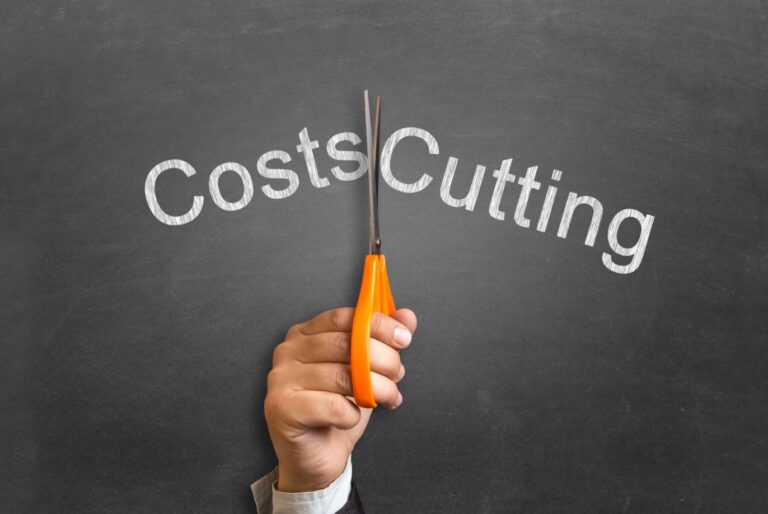Selecting the right contractor can make or break your project. Whether you’re managing a construction site, maintaining facilities, or delivering public services, your choice of contractor directly impacts timelines, budgets, and the quality of the final outcome. Get it wrong, and the consequences can be far-reaching — delays, safety incidents, and even legal troubles.
To reduce these risks, it’s crucial to adopt a strategic approach to contractor selection. By carefully vetting your options, you can ensure the contractor you choose is equipped to meet your expectations while safeguarding against potential liabilities.
Why Choosing the Right Contractor Matters
Hiring a contractor isn’t just about finding someone to do the job — it’s about ensuring they have the right skills, resources, and experience to meet your specific requirements. A poor choice can lead to several risks.
Delays
Contractors without the right experience or capacity often struggle to keep up, which can disrupt your project’s schedule. Research from the Journal of Construction Engineering found that 28% of contractors reported frequent delays, with another 61% saying they occur fairly often. Delays don’t just waste time — they often lead to increased costs and missed opportunities.
Safety
Poor health and safety practices can lead to workplace accidents, and the statistics in the UK are sobering. In 2023/24, 51 construction workers sustained fatal injuries at work. These incidents endanger workers and can result in legal action and project shutdowns.
Non-Compliance
Contractors who fail to adhere to industry standards and legal requirements can expose your organisation to fines, delays, and reputational damage. By taking the time to assess contractors thoroughly, you can avoid these pitfalls and set your project up for success.
Key Considerations When Choosing a Contractor
A good contractor brings much more than technical expertise to the table. They offer reliability, professionalism, and peace of mind. To find the right fit for your project, focus on these key factors:
Compliance with Industry Standards
Compliance should always be your first consideration when choosing a contractor. Organisations like Veriforce CHAS ensure contractors meet rigorous health and safety standards, providing an added layer of trust and reliability. Contractors with CHAS membership have already undergone thorough assessments for health and safety, giving you confidence in their ability to meet legal and industry requirements.
But don’t stop at certifications. Take a closer look at their processes. Are they transparent about how they handle compliance with waste management laws and employment practices? Contractors who willingly share this information show professionalism and accountability, making them a more reliable choice for your project.
Experience and Reputation
Experience matters. Contractors with a proven track record are more likely to deliver on time and anticipate potential challenges. Look for detailed case studies or portfolios of similar projects to assess their expertise. Don’t hesitate to contact previous clients or review independent feedback to gauge their reliability and professionalism. A contractor with a strong reputation is a safer bet for keeping your project on track.
Health and Safety
Health and safety should always be a top priority, especially in high-risk industries like construction. A responsible contractor will have a robust health and safety policy in place, provide evidence of workforce training, and maintain a strong track record for managing incidents. By prioritising safety, you protect workers and avoid the financial and legal fallout of accidents.
Insurance and Financial Stability
Financial stability is another critical consideration. Contractors facing financial difficulties may struggle to source materials, pay subcontractors, or complete the project. Verify that your chosen contractor has adequate insurance coverage, such as public liability and employer’s liability insurance, to protect against potential claims.
Sustainability and Ethics
Many organisations now prioritise contractors who align with their environmental and social values. Look for those who commit to reducing their environmental impact through waste management and energy efficiency.
Ethical practices, such as fair treatment of workers and adherence to anti-corruption policies, should also be high on your checklist. Choosing a responsible contractor doesn’t just reflect well on your organisation — it can enhance the long-term value of your project.
Evaluating Cost vs. Value
When selecting a contractor, it’s tempting to focus on cost alone, but the cheapest option isn’t always the best choice. Balancing cost with the value a contractor brings is essential for a successful project. A slightly higher upfront investment can often save time, money, and stress in the long run.
Understand the Full Scope of Costs
Don’t just look at the initial quote — dig deeper to understand what’s included. Does the price cover all necessary materials, labour, equipment, and any certifications required for compliance? Are there any potential additional expenses, like overtime, unforeseen challenges, or project delays?
A low upfront cost might seem appealing but could lead to unexpected charges or compromises on quality down the line. By breaking down and fully understanding the scope of costs, you’ll get a clearer picture of what you’re paying for.
Consider Long-Term Value
It’s important to think beyond the immediate price tag and evaluate the long-term benefits. A contractor with slightly higher rates may bring more expertise, higher-quality materials, or greater efficiency, ultimately saving you money by reducing errors, delays, or the need for rework. Additionally, contractors with strong safety records or sustainability practices can help you avoid legal risks or reputational damage, adding further value to your investment.
Request Detailed Proposals
Always ask for itemised proposals to compare costs and deliverables across contractors. This transparency allows you to see exactly where your money will be spent and to identify any gaps or extras that might crop up later. For example, one contractor might include post-project clean-up or extended warranties in their pricing, while another doesn’t. Detailed proposals make it easier to assess whether the price aligns with your expectations and the contractor’s promised value.
Weigh Reputation and Reliability
While cost is an important factor, it shouldn’t outweigh a contractor’s reliability and proven track record. A slightly higher price may be justified if the contractor has glowing reviews, a history of delivering projects on time, or a reputation for high-quality work. Choosing an unreliable or inexperienced contractor to save money could result in costly mistakes, delays, or even legal issues later on.
Building a Strong Relationship with Your Contractor
Choosing the right contractor is only part of the equation. Building a strong, collaborative relationship is essential to achieving the best results. When contractors and clients work as a team, projects run more smoothly, communication improves, and risks are reduced.
By investing in your contractor relationships, you’re safeguarding the current project and laying the foundation for successful collaborations in the future. With the right approach, you can minimise risks, enhance efficiency, and deliver projects that meet and exceed expectations.











